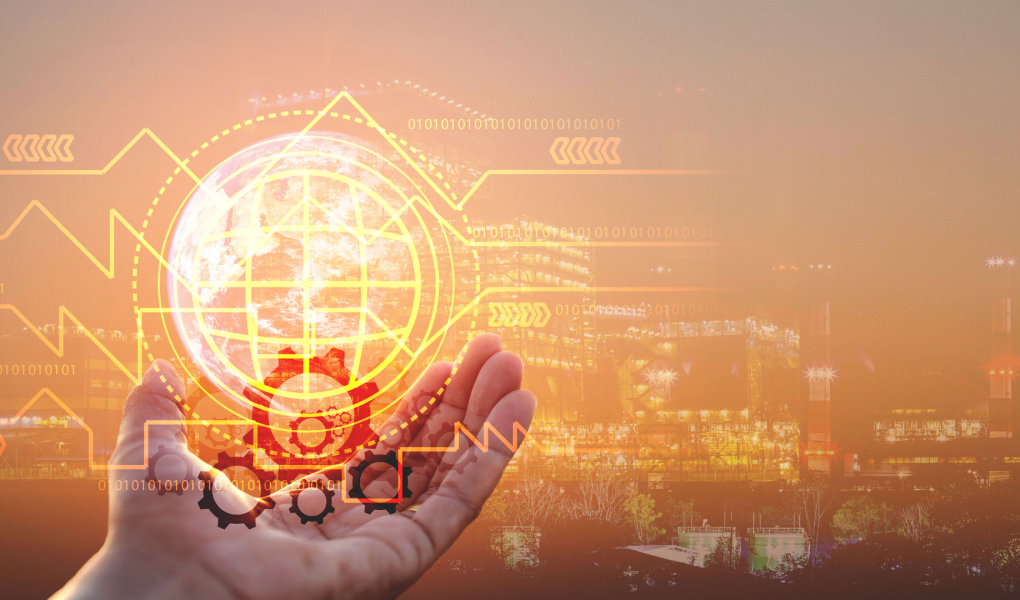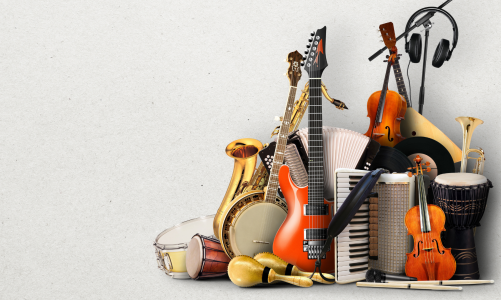Technology has become an integral part of our modern lives, shaping the way we work, communicate, and live. From the invention of the wheel to the latest advancements in artificial intelligence, technology has continuously evolved, driving progress and innovation across various fields. In today’s fast-paced world, it’s hard to imagine a life without smartphones, high-speed internet, and other technological wonders that have made our lives more convenient and interconnected.
Technologies serve as the ultimate historians. They tell us about the past, present, and future. We can look at old photographs of our grandparents to see how their styles have changed over time or get an idea about what the future holds for technology by looking at gadgets from decades ago. Technology is a window into the past that can be explored with a few clicks.
One of the most remarkable aspects of technology is its ability to bridge geographical and cultural gaps. Through the internet, we can instantly connect with people from around the world, share information, and collaborate on projects regardless of distance. This interconnectedness has not only transformed the way we conduct business and exchange knowledge but has also facilitated global communication, fostering a sense of a global community. And as we embrace the digital age, the importance of cybersecurity cannot be overstated. In an increasingly interconnected world, protecting sensitive data and critical infrastructure has become paramount. Various cybersecurity frameworks like NIST Cybersecurity Framework, hybrid cloud security, and zero trust architecture play a crucial role in safeguarding our digital ecosystems. These frameworks provide organizations with guidelines and best practices to assess and mitigate cybersecurity risks, ensuring the confidentiality, integrity, and availability of data and systems.
With the advancement of technologies, the history of mankind can be traced back in time. For instance, advanced imaging techniques and 3D modeling allow us to digitally recreate ancient artifacts and archaeological sites, providing fresh insights into civilizations long gone. Furthermore, big data analytics and machine learning algorithms enable historians to sift through vast troves of historical documents and texts, uncovering hidden patterns and connections that were once too complex for human analysis. Additionally, virtual reality and augmented reality technologies transport us back in time, allowing us to experience historical events and places as if we were there. Now, let’s delve deep into the history of various technologies and their effects on the world.
What Do We Know About History?
Technology can be used to study history in a variety of ways. For example, archaeological techniques can be used to study past civilizations, while historians may use census data or other historical records to piece together trends and patterns.
Additionally, new technology such as archaeology satellites and drones can help scholars better understand ancient sites and structures.
Another way technology has been used in the field of history is by using oral histories. By interviewing people who have lived through particular events or periods, historians are able to gain a more complete understanding of these moments in time.
Technological advancements have made it easier for researchers to compile and collate these interviews into documentary form. This allows for a more detailed, objective look at history than ever before.
Technologies and Their Effects on the World
Technology is one of the most important aspects of our lives. Technology has allowed us to learn and grow as a society, and it has impacted many other parts of the world. Technologies have changed the way that we live and work, and they have had a profound impact on history.
One of the most important technologies in history is the printing press. The printing press was invented by Johannes Gutenberg in 1455, and it was quickly adopted throughout Europe. The printing press allowed books to be distributed easily, which led to increased literacy rates and knowledge.
The printing press also helped to spread religious messages throughout Europe, and it helped to create a more unified European culture.
Another major technology in history is the computer. Computers were first developed in the early 20th century, but they didn’t become widely used until after World War II.
Computers are essential for modern-day life, and they have had a wide range of effects on society. For example, computers have been used to create digital maps, design cars, and control large industrial machines.
The internet is another major technology in history. The internet was developed in the late 1960s, but it wasn’t widely used until after World War II.
The internet has allowed people all over the world to communicate easily, which has led to increased economic growth and social progressivism around the globe. The internet also helps people access information quickly and easily, which has enabled new industries and businesses to emerge over time.
The Technology Used in Ancient Times
Ancient cultures used a variety of technologies in order to survive. These ranged from tools used for hunting and gathering, such as spears and knives, to methods of transportation, such as carts and boats.
In addition, ancient cultures developed systems for tracking weather and mapping the world. By understanding these technologies, we can learn more about the history of these civilizations.
One technology that was extensively used in ancient times was the wheel. The first known wheel was built in Mesopotamia around 3500 BC. Wheels were used for a variety of purposes, including transportation, warfare, and agriculture.
They were also important in trade because they allowed goods to be moved easily between different areas.
Another technology that was used extensively in ancient times was the sailboat. Sailboats were first developed in Ancient Greece around 600 BC.
They were very important for sailing across oceans and lakes. Sailboats also became very popular for exploring new territories.
In addition to sailboats, ancient cultures also developed systems for navigation using stars and charts. These systems allowed people to navigate even in difficult conditions. By understanding these technologies, we can learn more about the history of these civilizations
The Technology Used in the Medieval Era
In the medieval era, many different technologies were used. Some of these technologies included ironworking, printing, and navigation. Each of these technologies helped shape history in different ways.
Ironworking was used during the medieval era to create tools and weapons. Ironworking allowed for increased production and helped shape history by helping to create strong civilizations.
Printing was used during the medieval era to produce religious texts and other documents. Printing allowed for faster communication and helped shape history by aiding in the spread of knowledge.
Navigation was also used during the medieval era to help people find their way around. Navigation allowed for safe travel and helped shape history by helping to create more complex societies.
The Technology Used in the Modern Era
Technological advances in the modern era have allowed for unprecedented levels of exploration and understanding of the world around us. This has led to a greater understanding of history, and how different cultures have interacted with one another.
One of the most important tools used in historical research is technology. Technology can tell us a great deal about how people lived, what they ate, and what they wore. It can also reveal things about their society and culture.
For example, we know that ancient Egyptians were very skilled at crafting beautiful artifacts using papyrus plants. This was because papyrus was a cheap, durable material that could be easily fashioned into complex objects.
Technology has also been used to explore our planet’s past. For example, scientists use satellite imagery to study the Earth’s climate changes over time.
They also use technology to study ancient ruins and archaeological sites, revealing clues about the lifestyles of ancient civilizations.
As we approach the holiday season, it’s natural to reflect on the past year and all that has happened. The events of 2017 were remarkable, to say the least. In this article, I want to take a look at some of the ways in which technology has helped us better understand our history.
By using tools like Google Trends and social media analytics, we have been able to glean valuable information about how people are engaging with historical events and personalities.
Hopefully, this will help you make sense of everything that has taken place this year, and prepare you for what is to come in 2018.




